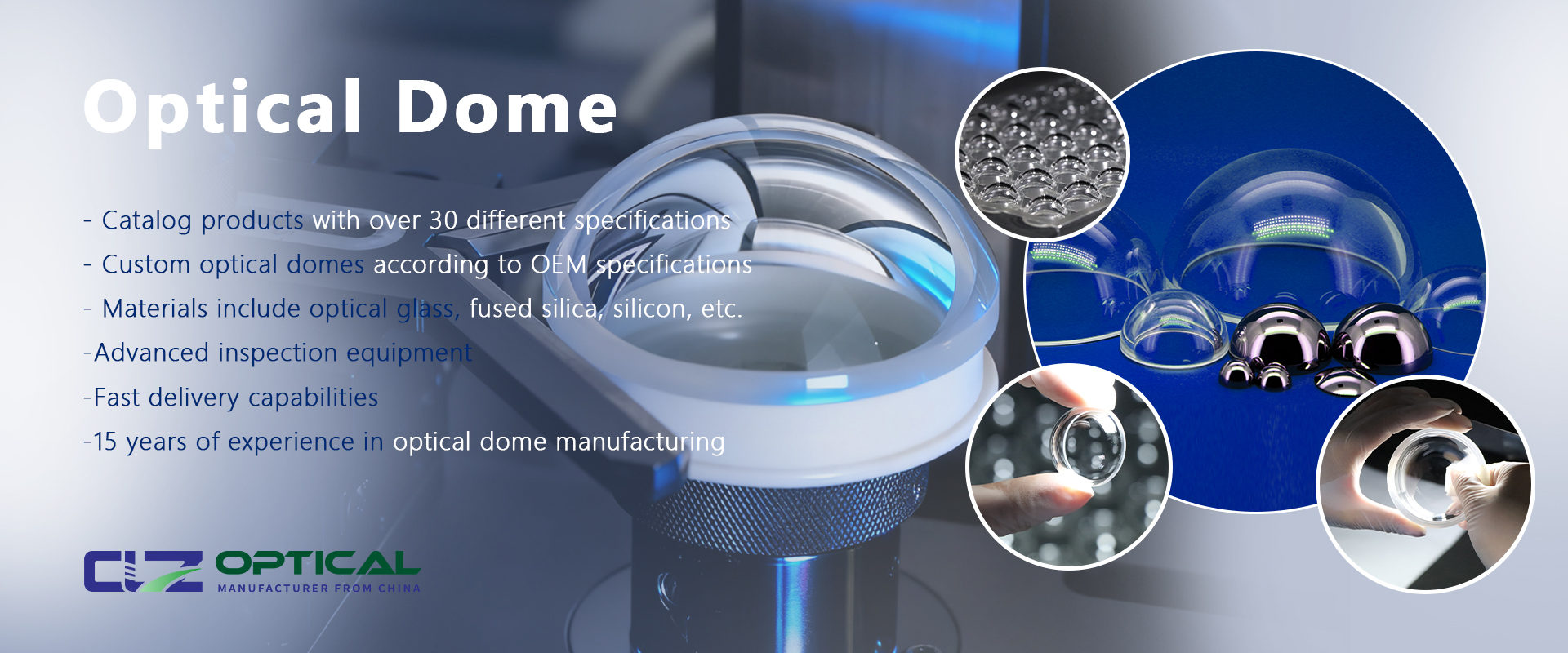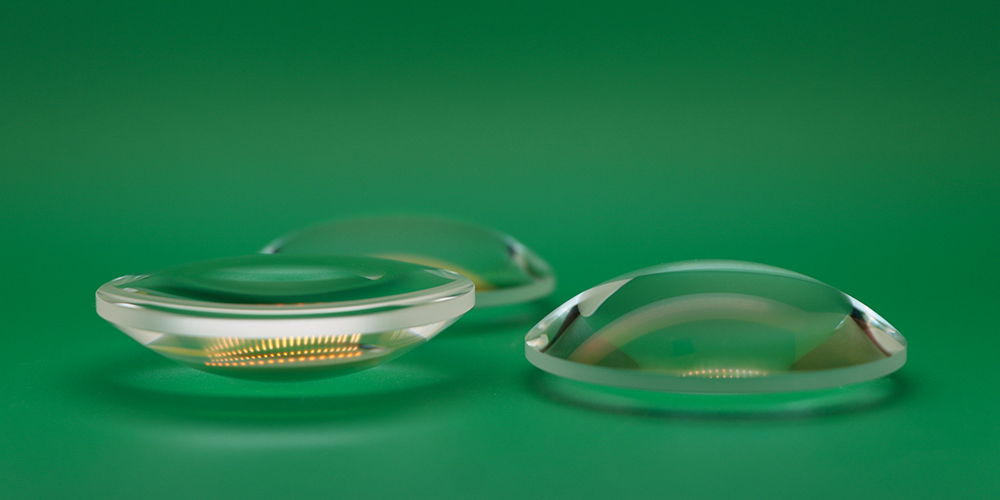Biconvex Lenses: Definition, Properties, and Applications | CLZ Optical
Jul. 09, 2025
Biconvex lenses, also known as convex-convex lenses, are a type of simple optical lens characterized by two outward-curving (convex) spherical surfaces. Typically, these surfaces have equal radii of curvature, giving the lens a symmetrical, double-convex structure. This design allows biconvex lenses to converge parallel light rays to a focal point, making them a key component in various optical systems.
At CLZ Optical Co., Ltd., a leading manufacturer of high-precision optical components since 2012, we specialize in producing biconvex lenses with superior craftsmanship and strict adherence to international quality standards. Our lenses are widely used in fields such as optical imaging, laser systems, medical devices, and scientific research.
What Is a Biconvex Lens?
A biconvex lens is a positive or converging lens that brings parallel rays of light to a common focal point behind the lens. The distance from the lens to this focal point is referred to as the focal length. Due to its symmetrical curvature, a biconvex lens has two focal points and centers, with the principal axis passing through the lens's geometric center.
One common real-world example of a biconvex lens is the human eye lens. The eye dynamically adjusts its curvature to focus on objects at varying distances. The more convex the lens becomes, the greater the refraction, enabling sharp vision across distances.
Key Properties of Biconvex Lenses
Positive focal length
Shorter focal lengths, enabling tighter focusing
Converging capability for parallel or collimated light
Ability to form both real and virtual images
Minimized spherical aberration, with reduced coma and distortion at a unity conjugate ratio
Symmetrical shape, typically with equal radii of curvature on both surfaces
Ideal for virtual imaging of real objects within a positive conjugate ratio of 0.2 to 5
Our quality control processes at CLZ Optical include precise focal length and curvature verification using ZYGO interferometers and Agilent Cary 5000 Spectrophotometers, ensuring performance consistency across all lens batches.
Applications of Biconvex Lenses
Due to their converging characteristics, biconvex lenses are widely utilized across multiple industries. At CLZ Optical, our biconvex lenses are trusted for:
Magnification and condensation of light in optical instruments
Serving as objectives or magnifiers in microscopes and monoculars
Essential components in telescopes, binoculars, cameras, and projectors
Forming real images on film or sensors, and virtual images in the human eye
Acting as burning glasses for concentrated heat applications
Laser systems, beam focusing, and image relay functions
With extensive export experience, CLZ Optical supplies biconvex lenses to customers across the U.S., EU, Japan, and other advanced markets, earning consistent praise for quality and performance.
Why Choose CLZ Optical for Biconvex Lenses?
At CLZ Optical Co., Ltd., we are committed to our philosophy of “Precision in production, specialty in quality.” As a certified ISO9001 manufacturer, our facilities are equipped with advanced testing instruments to ensure every lens meets exact specifications.
Whether you require custom focal lengths, high transmission clarity, or low-aberration performance, CLZ Optical is your trusted partner in optical innovation. We continuously invest in R&D to push the boundaries of optical manufacturing.
Frequently Asked Questions – FAQs
Q1: What is a biconvex lens?
A biconvex lens is a simple optical component with two outwardly curved (convex) surfaces that converge parallel light to a focal point.Q2: Is a biconvex lens also called something else?
Yes, it is also referred to as a convex-convex lens.Q3: What are some common uses of a biconvex lens?
- As a burning glass
- For light condensation and magnification
- In optical systems like microscopes, binoculars, and projectorsQ4: Does a biconvex lens have a positive focal length?
True. Biconvex lenses always have a positive focal length due to their converging nature.Q5: What is a real-life example of a biconvex lens?
The human eye lens is a natural example of a biconvex lens that adapts its curvature to focus light onto the retina.
For more information about our biconvex lenses and other precision optical components, please contact CLZ Optical Co., Ltd. or visit our website.





















